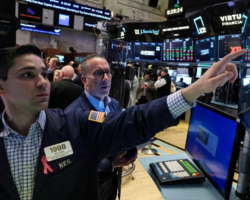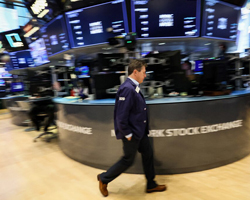Markets Still Have Plenty of Economic Impediments | Daily Market Analysis

Key events:
- UK – CBI Industrial Trends Orders (Dec)
- Canada – RMPI (MoM) (Nov)
- New Zealand – Trade Balance (MoM) (Nov)
U.S. stocks declined on Friday, with the S&P down 1%, and a similar decline was seen in Europe as the market continued to digest the hawkish messages from the ECB and the Fed last week. Over the week, the S&P was down 2%. U.S. 10-year bond yields rose 3 bps to 3.48% on Friday and were down 10 bps for the week.
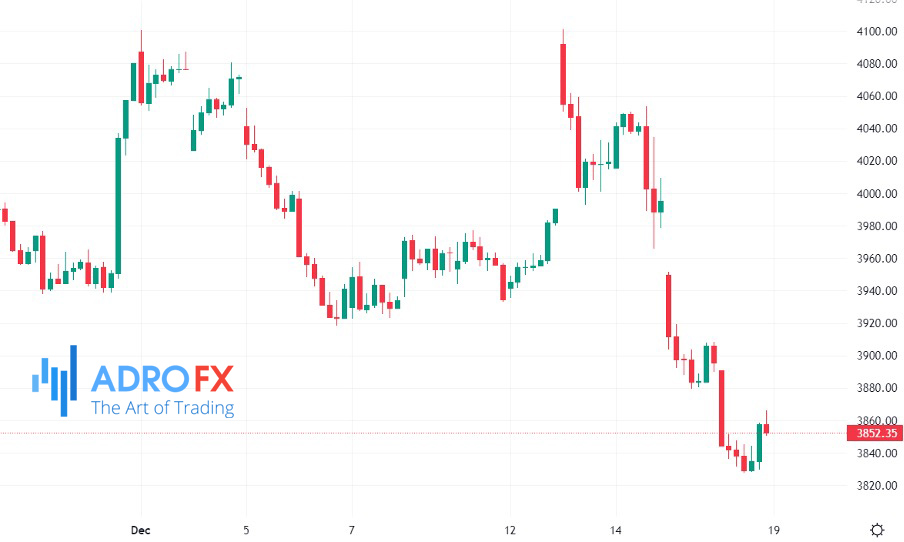
With no shortage of economic factors, investors are trying to find something to cheer about this holiday week after the two most influential central banks put a damper on the course of events.
Despite the emerging progress in inflation, the central bank's hawkish course, motivated by struggling financial conditions that refuse to tighten sufficiently, and a still extremely tight labor market with considerable momentum, leaves market participants to sort out the situation on their own.
Given the current backdrop, it is easy to assume that institutional players remain underweight as we approach systematic downside-triggering territory.
U.S. stocks sold off again on Friday as investors showed a peculiar reaction to another slowdown in CPI inflation, the Fed's refusal to raise rates, and a modest weekly decline in 10-year Treasury bond yields - all of which underscore how difficult it can be to get results in the face of recession risk.
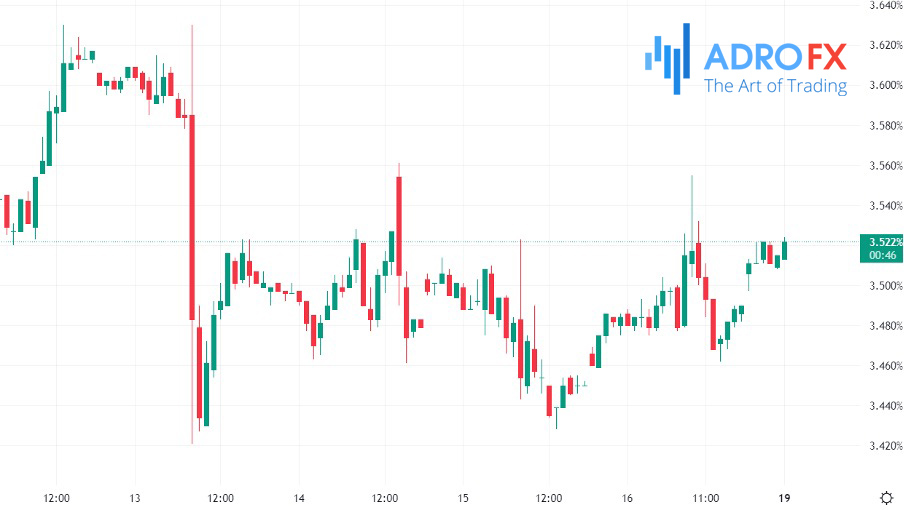
Last week brought several high-risk market-impacting data that seemed to be quite favorable to the market. However, the reaction from investors did not appear welcoming.
Since the economic data fell short of expectations, it is not unreasonable to assume that investors may be shifting their attention away from inflation and the Fed to the growing impact that the Fed's actions are likely to have on the economy in 2023.
Thus, the market reaction is an informational reaction to how investors might position themselves against the changing backdrop through the lens of falling growth rates and whether the global economy will slide into recession.
Within hours last week, the world's two biggest central banks, the Fed and the ECB, said bluntly: financial conditions must remain tight.
The signal for 2023 seems clear: Central banks will restrain the growth of risky assets until the labor market begins to turn around.
The Fed and the ECB seem intent on adding a spoonful of tar to this holiday season.
As we saw from the euro's reaction over the weekend, hawkish forecasts are not always positive in terms of economic growth. All the more so when you consider that the market as a whole is focused on growth, not inflation, and the latter is on the decline.
With two central banks (the Fed and the ECB) climbing into restrictive territory, fears of slowing growth will be the dominant factor. And on the surface, it looks like a bad environment for stock rates and commodity currencies for the rest of the year.
In addition, China's accelerated exit from the hard lockdown policy is not a smooth one: health experts predict that 60% of the population could become infected with omicron over the winter. One would expect this situation to lead to a sharp deterioration in Asia this week, not to mention a global recovery story, especially since traders would rather manage risks than take risks.
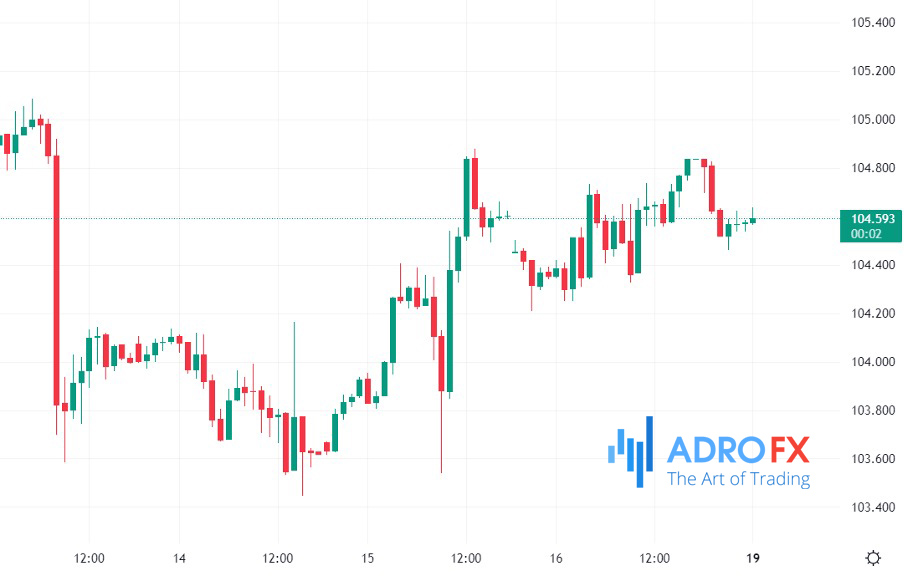
While most FX market participants believe a peak in the USD is just around the corner and we are unlikely to return to negative EUR/USD, mainly due to lower US inflation, we need a breakpoint in the growth cycle as global growth picks up for a significant downtrend in the USD.
